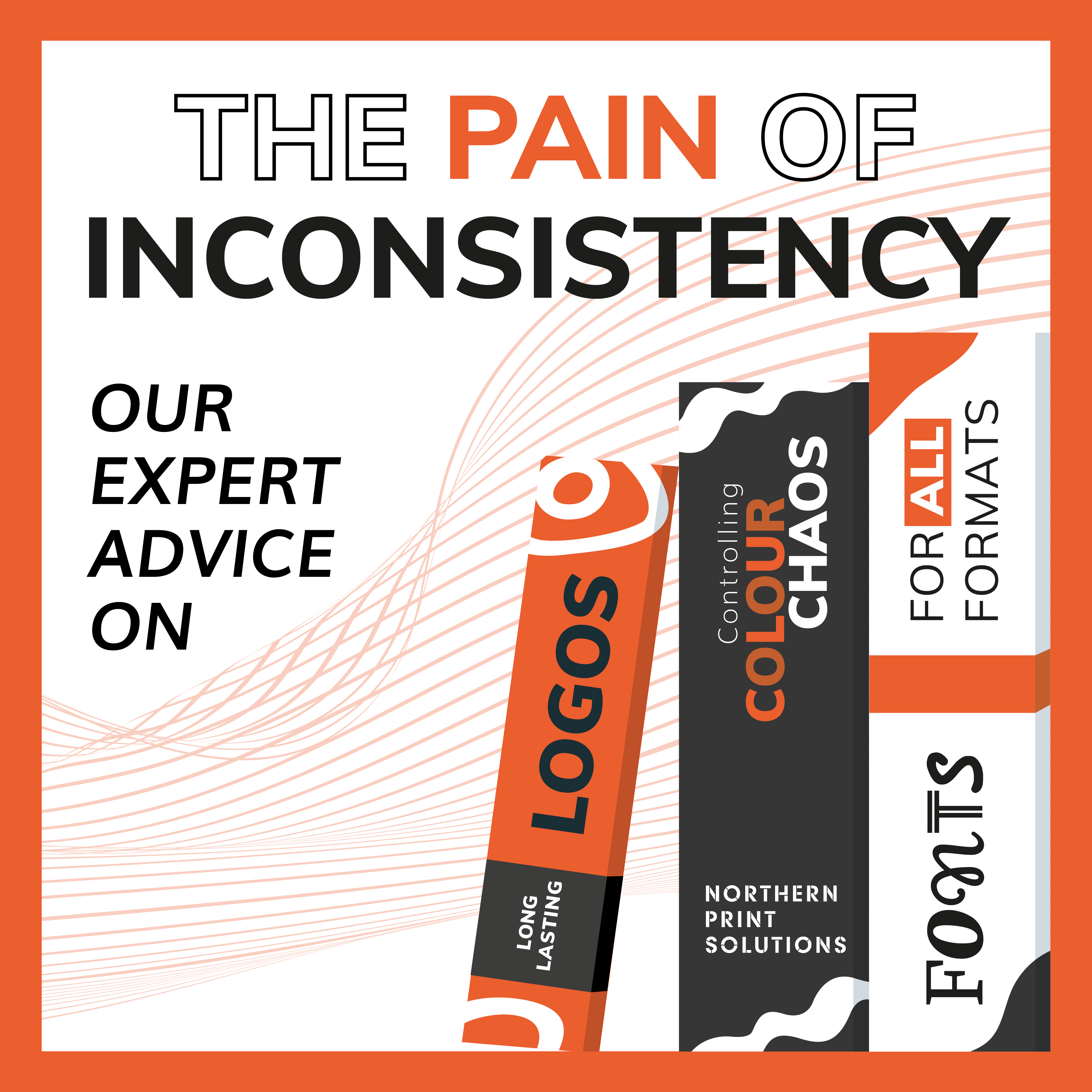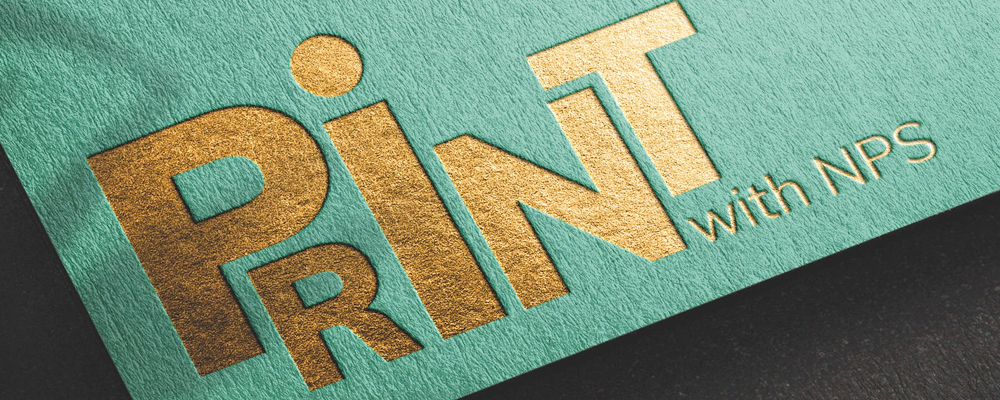Why Visual Consistency Matters: The Pain of Inconsistency
Consistency isn’t just nice to have; it’s what sets your brand apart and builds trust. When your visuals speak the same language across both digital and print, your audience recognises you instantly. But what happens when consistency falters? For marketers and brand stakeholders, the repercussions are tangible: confusion, diminished trust, and missed opportunities. Here’s how to avoid these pitfalls and maintain a strong, unified brand image with a focus on colour, fonts, and logos.

Picture this: after months of work on a marketing campaign, your printed brochures display colours that don’t match your digital ads, or a sleek web font looks awkward on a flyer. Along with a couple of gut churning emails in your inbox from the boss, these discrepancies cause real frustrations and challenges for marketers and brand stakeholders, creating a ripple effect throughout the organisation:
Top Six Headaches Caused by Visual Inconsistency
Eroded Brand Trust: Inconsistent visuals can chip away at the trust customers place in your brand. When the appearance changes from one platform to another, it sends mixed messages that compromise your credibility.
Confused Brand Identity: Visual misalignment results in a fractured brand image, making it hard for customers to form a clear and consistent perception of who you are.
Reduced Engagement and Recognition: When brand visuals differ, it affects customer recall and engagement. People may not recognise your brand as quickly, diluting the impact of your marketing efforts.
Operational Inefficiency: Inconsistencies lead to back-and-forth revisions, costing time and resources. Marketers are forced to troubleshoot discrepancies, diverting energy from more strategic and creative tasks.
Missed Differentiation Opportunities: A unified visual presence helps you stand out from competitors. When that’s lost, your ability to assert your brand’s unique qualities diminishes.
Diminished Professionalism: Inconsistent visuals make your brand look unpolished, which can undermine the external perception of your audience on your brand AND the confidence of internal stakeholders in yourself – bye by promotion!
Want some good news? With a few steps, you can prevent these pain points from arising. By understanding the specific elements that contribute to visual consistency and making intentional choices in your design process, you can bridge the gap between digital and print seamlessly. Here’s how to ensure your brand maintains a polished and cohesive presence:
Ensure Brand Colours Stay True With Colour Matching: Digital screens use the RGB model, while print requires CMYK or Pantone. The challenge? These models often don’t align seamlessly, causing discrepancies.
Tips for Colour Consistency:
– Stick to Pantone or CMYK Equivalents: Use Pantone or CMYK to match your RGB palette. CMYK has come a long way, especially combined with the colour management software we use.
– Use Soft Proofing Tools: Predict how your digital colours will look in print to catch any unexpected shifts in hue before production.
Consider Fonts that can Be Used Consistently Across Mediums: Fonts convey your brand’s personality, but not all fonts translate seamlessly from screen to paper. Differences in font rendering on digital devices versus print can impact legibility, which is why maintaining font consistency across both mediums requires your urgent attention
Tips for Font Consistency:
– Digital to Print Fonts: Maintain brand consistency by using your digital fonts in print materials. But we warned some web fonts may not print as intended so check licensed and compatible for print use.
– Size It Right: Print fonts often require larger sizes and adjusted spacing to maintain clarity so adjust both for better readability. Print test pages at different sizes to refine the best fit.
Keep your logs and Icons Sharp: Avoid the pixel pitfall, your logos and icons should stay crisp and sharp, wherever they appear. Blurry visuals not only look unprofessional but erode the power of your brand presence.
Tips for Clear Logos and Icons:
– Choose Vector Formats: Use SVG or EPS files for scalability without losing resolution. quality loss. This is crucial for maintaining clarity in print where pixelation can compromise your brand assets.
– High Resolution Matters: PNGs and JPEGs are often used for digital, but these formats can suffer from pixelation in print. Always go for files of 300 DPI or higher for print. Whenever possible, provide us with vector files for the best results.
Final Thoughts:
Achieving a unified brand presence across digital and print isn’t just an aesthetic decision—it’s a strategic one. Visual cohesion builds trust, reinforces your brand’s image, and ensures professionalism. By focusing on precise colour matching, suitable font choices, and high-quality logos, you set your brand up for long-term recognition and success.
Quick Takeaways:
– Keep a library of RGB, CMYK, and vector versions of your brand assets for easy access.
– Test colours and fonts early in the design process to spot inconsistencies.
– Collaborate closely with your print provider, AKA us!, to ensure you supply the highest quality files.
